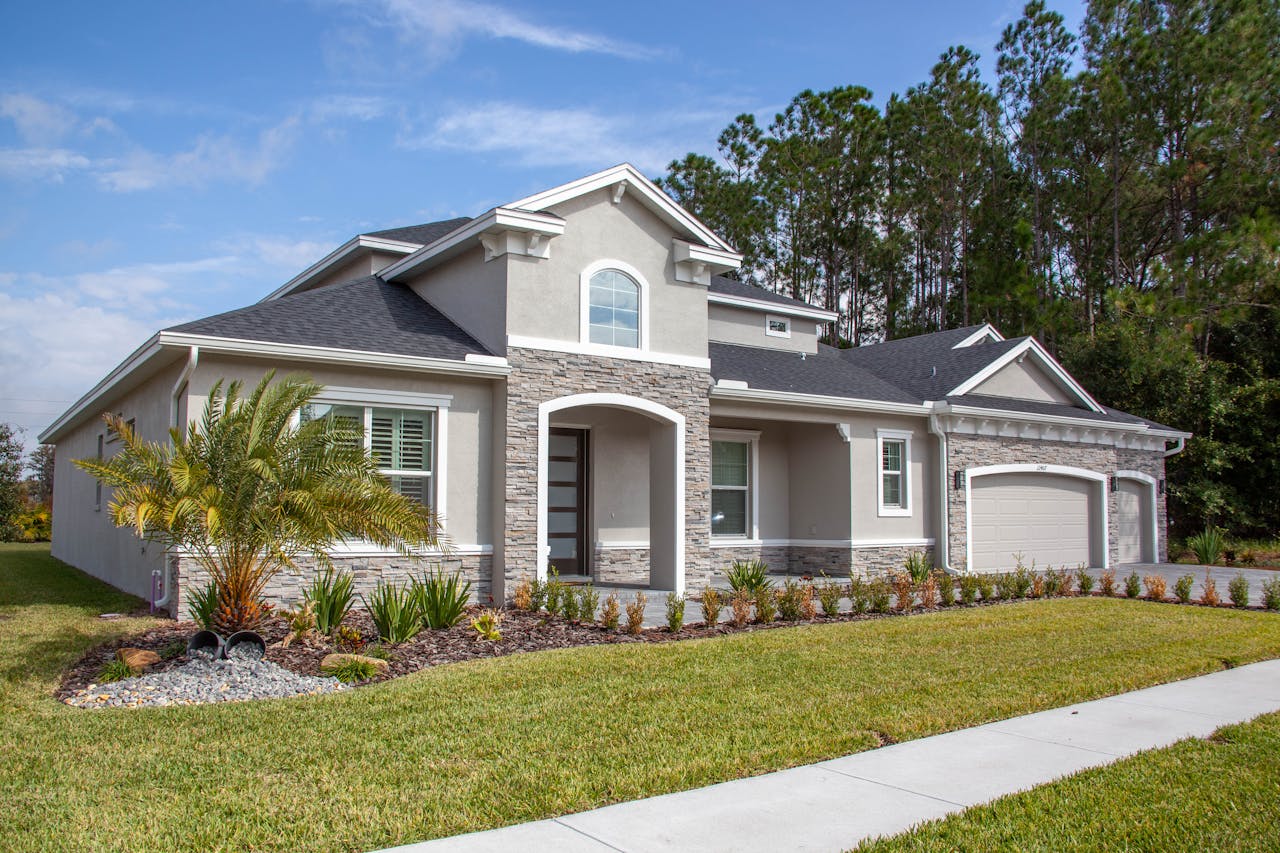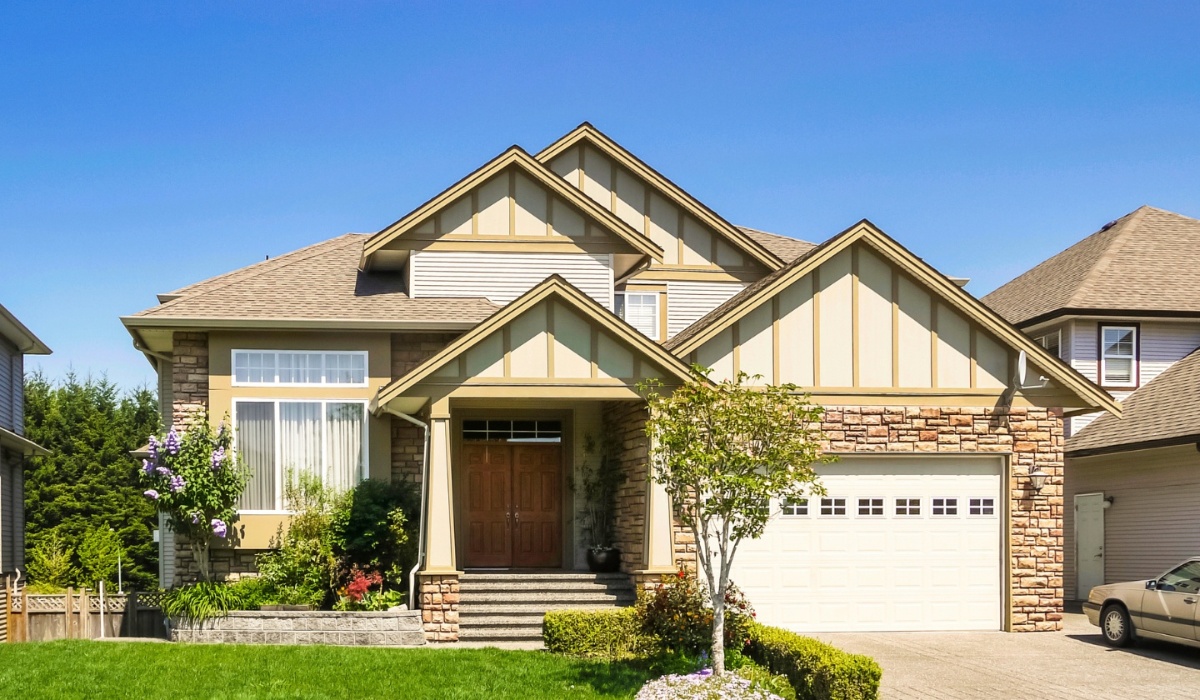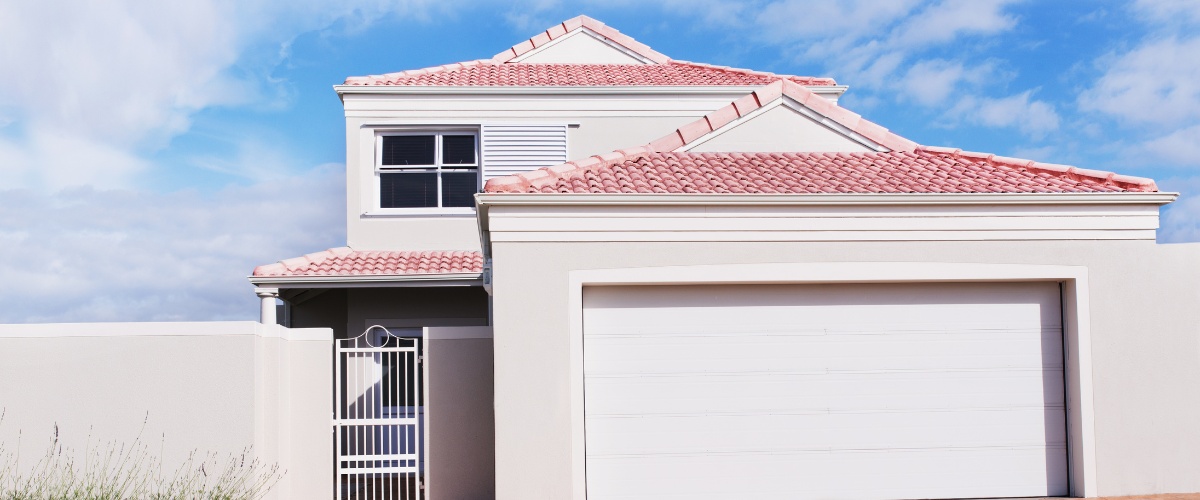Building your dream home is an exciting journey, and choosing the right garage door is a crucial step. This comprehensive guide will walk you through everything you need to know about garage door installation during new construction, ensuring a smooth and successful process.
What Key Factors Should You Consider for New Construction Garage Door Installation?
Selecting the right garage door for your new home involves careful consideration of several factors. The type of door you choose will significantly impact your home's aesthetics, functionality, energy efficiency, and overall value. Think about how the garage door integrates with your home's design, the level of security you require, and the long-term maintenance implications. Proper planning during the new construction phase is essential for seamless installation and optimal performance. Understanding the available options and their features will help you make an informed decision. Don't underestimate the impact of choosing a high-quality, well-insulated door on your energy bills and comfort levels.
Types of Garage Doors Available
The market offers a variety of garage door styles, each with its own unique characteristics and benefits. Popular choices include overhead doors, sectional doors, roll-up doors, sliding doors, and swinging doors. Sectional doors, for example, are known for their ease of operation and space-saving design. Roll-up doors are a more compact option, ideal for situations where space is limited. Swinging doors, while less common in modern construction, offer a classic and visually appealing alternative. The best choice will depend on factors such as available space, architectural style, and personal preference. Careful consideration of these factors will ensure you select a door that meets both your functional and aesthetic needs.
How to Choose the Perfect Garage Door for Your New Build
Choosing the right garage door is a multifaceted process. It's not just about aesthetics; factors like energy efficiency, noise reduction, and security are equally important. Consider the size of your garage opening and the overall style of your home to find a perfect match. Custom doors allow for unparalleled personalization, letting you create a truly unique look. Investing in energy-efficient doors can significantly reduce your utility bills, while noise reduction features ensure a quieter and more peaceful home environment.
Factors Affecting Door Selection
Several key factors will influence your garage door selection. Energy efficiency is crucial for reducing your home's carbon footprint and energy costs. Noise reduction features minimize noise pollution from the street or neighboring properties. Custom doors allow for creative expression, matching your door to your individual style and home's architecture. Precise measurements are needed to ensure the perfect fit, and various styles offer different visual appeals, allowing you to complement your home's overall design. Selecting the right materials, such as wood, steel, or aluminum, impacts both the aesthetics and longevity of your garage door. Understanding these factors helps ensure a successful and satisfying installation.

Understanding the Garage Door Installation Process
Garage door installation is a multi-step process requiring precision and expertise. The process typically begins with pre-installation preparations, including careful measurements and site preparation. The actual installation involves carefully installing the door, track system, and safety sensors. Post-installation includes inspections and final adjustments to ensure smooth operation and compliance with safety standards. Understanding these phases helps homeowners manage expectations and ensure a seamless installation process. Working with experienced professionals guarantees proper installation and adherence to all building codes and safety regulations.

Steps in the Installation Process
The installation begins with pre-installation planning and preparation of the garage opening. This includes ensuring the proper framing and clearance for the chosen door. During installation, the tracks, rollers, and springs are installed, followed by the door sections themselves. Safety sensors are crucial for preventing accidents. Post-installation inspections and adjustments ensure everything functions correctly and meets safety standards. Regular maintenance is key to the door’s longevity and safety. The entire process should follow established best practices and building codes for optimal functionality and longevity. Thorough inspections at each stage ensure the door operates safely and efficiently.
Garage Door Openers: Types, Features, and Considerations
Garage door openers significantly enhance convenience and security. They come in various types, including chain drive, belt drive, and direct drive openers. Each has unique characteristics regarding noise levels, power, and durability. Features such as remote control, keypad entry, and safety sensors enhance convenience and security. Proper installation and regular maintenance of the opener are crucial for ensuring reliable and safe operation. Selecting the right opener depends on factors like budget, desired features, and the type of garage door being installed. Choosing a reputable opener brand and working with a qualified installer guarantees a successful and safe installation.
Types and Features of Openers
The type of opener you choose influences noise levels, durability, and maintenance needs. Chain drive openers are budget-friendly but can be noisier, while belt drive openers are quieter and smoother. Direct drive openers provide the quietest and most powerful operation. Features such as remote control access, keypads, and integrated security systems enhance functionality and peace of mind. Safety sensors are mandatory to prevent accidents, ensuring automatic reversal when encountering an obstruction. The selection process should consider your specific needs and budget, ensuring you choose an opener that meets both your functional and http://sergiozofx372.almoheet-travel.com/discover-the-best-electronics-stores-in-north-edmonton-2025 aesthetic expectations.
Ensuring Safety Compliance in Your Garage Door Installation
Adherence to building codes and safety regulations is paramount during garage door installation. Obtaining the necessary construction permits is a legal requirement and ensures compliance with local standards. These regulations cover various aspects of the installation process, including door strength, safety sensors, and proper clearances. Understanding and complying with these regulations minimizes risks and ensures the long-term safety and functionality of your garage door. Working with a qualified installer who is familiar with local building codes is the best way to guarantee compliance.
Building Codes and Permits
Before installation, obtain all necessary construction permits. These permits are crucial to ensure your installation complies with local building codes and regulations. These codes mandate specific safety features and structural requirements for garage doors to ensure the safety of homeowners and prevent accidents. Understanding these requirements ensures a safe and legal installation. Failing to obtain permits and adhere to regulations can lead to fines and potential safety hazards. Always work with qualified professionals who understand and adhere to these regulations.
Maintaining Your Garage Door: Tips and Practices
Regular maintenance is vital to prolong the lifespan of your garage door and opener. This includes regular inspections for wear and tear, lubrication of moving parts, and prompt repair of any damage. Weather sealing helps maintain energy efficiency and prevents damage from the elements. A properly maintained garage door operates smoothly, securely, and safely. Following a regular maintenance schedule avoids costly repairs and ensures optimal performance over time. Refer to your manufacturer's warranty and recommendations for specific maintenance guidelines.

Regular Maintenance Tips
Regular inspections are vital to identifying potential problems early on. Lubricating moving parts, such as hinges and rollers, ensures smooth operation and prevents premature wear and tear. Maintaining weather sealing around the door and frame prevents drafts and moisture ingress. Addressing any repairs promptly prevents minor issues from escalating into major problems. This includes inspecting springs, cables, and safety sensors, repairing or replacing any damaged components, and ensuring proper alignment of the door. Regular maintenance guarantees the long-term performance and safety of your garage door system.
Frequently Asked Questions
What is the average cost of garage door installation? The cost varies depending on factors like door type, materials, opener features, and labor costs. It's best to get multiple quotes from reputable installers.
How long does garage door installation take? Installation typically takes a few hours to a full day, depending on the complexity of the installation and the type of door.
Can I install a garage door myself? While possible for experienced DIY enthusiasts, professional installation is recommended for safety and to ensure proper function and compliance with building codes.
What materials are best for garage doors? The optimal material depends on your budget, aesthetic preferences, and climate. Steel is durable and cost-effective, while wood offers a more aesthetically pleasing, customizable option. Aluminum is lightweight and requires less maintenance.
Choosing the right garage door for your new home is a significant decision. By carefully considering the factors discussed in this guide, you can select a door that enhances your home's style, functionality, and value. Remember to prioritize safety and work with qualified professionals for a smooth installation process. Invest in a high-quality door that will serve you reliably for years to come!